Weatherproof all-in-one with a f/2.8-aperture lens
The $498 Panasonic FZ330 is an all-in-one super-zoom bridge camera featuring a 24x optical zoom and 12Mp 1/2.3-type sensor. Upgraded from its predecessor, the FZ200, Panasonic’s latest model now features UHD 4K-video at 24/25fps or FHD 1080p capture at 50fps, together with the ability to capture 8Mp still images from videos.
The Leica-branded zoom lens offers a wide-angle through super-telephoto (25-600mm) focal range with a fixed f/2.8 maximum aperture, making it a convenient choice for a range of photographic subjects. The camera/lens body is both splash- and dust-proof for assured use in all weather conditions, and the free-angle 3.0-inch LCD screen can be rotated for more convenient framing. Panasonic’s 5-axis sensor shift stabilization system helps facilitate the use of slower shutter speeds, which is particularly useful for achieving sharp shots at the longer end of the focal range. There’s also a 1.44-m dot EVF for composing images, an ISO 100 to 6400 sensitivity range, and burst shooting up to speeds of 12fps without autofocus or 6fps with full AF.
Key specifications:
- 12.1MP 1/2.3″ MOS sensor
- Venus Engine Image Processor
- Leica DC Vario-Elmarit f/2.8 lens
- 25-600mm (35mm equivalent)
- 1.44m-Dot 0.7x OLED EVF
- 3.0″ 1.04m-Dot free-angle touchscreen
- 4K UHD video recording at 30 fps
- Built-in Wi-Fi connectivity
- ISO 100–6400
- 12 fps shooting
- 5-Axis HYBRID O.I.S.+, DFD AF system
Measurement: Respectable Portrait and Landscape scores
The Panasonic FZ330 achieves an overall DxOMark score of 38 points, 1 point better than its predecessor, the FZ200 at 37 points, but not a significant improvement. It’s also 9 points off the class-leading Canon PowerShot SX50 HS (47 points), which offers marginally better scores for color depth (Portrait) and low-light ISO (Sports), but again, there’s not a huge difference in image quality results. Individual metrics for the FZ330 display respectable Portrait and Landscape scores for a sensor of this type, at 19.3 bits and 11 EV, respectively. Its Sports (low-light ISO) score is a little off the pace, however, at 97 ISO.
Panasonic FZ330 vs. Panasonic FZ200 vs. Canon SX50 HS
While the older FZ200 boasts fractionally-improved results for dynamic range and color depth, there’s really nothing in it, and results for both models display the same profile as sensitivity increases.
There’s a slightly different pattern with the Canon SX50 HS, however, as the gap widens against the Panasonic FZ330 just a little at higher ISO settings. At the manufacturer’s published ISO settings, scores for dynamic range and color depth are very similar; however the measured ISO suggests that Canon sensor is a little more sensitive and the Panasonic a little less sensitive than the manufacturers’ ISOs suggest.
The difference between these measured ISO sensitivities at ISO 3200 is around 2/3 of a stop, meaning that similar levels of color depth and dynamic range are captured at manufacturer ISO 2000 on the SX50 HS compared to ISO 3200 on the FZ330. Or to put in another way, at the FZ330’s manufacturer ISO 3200 setting, the Panasonic records 6.2 EV of dynamic range, compared to 7 EV for the SX50 HS.
The small 1/2.3-inch sensor used in bridge cameras also results in relatively high levels of noise. We can see from the SNR 18% profile that while the Canon SX50 HS remains ahead of both Panasonic models as sensitivity increases, signal-to-noise ratios are only modest, around 30dB at base ISO. So some noise is visible at all settings, and noise has a significant impact on image quality at the highest sensitivities (above ISO 1600).
Conclusion: Worthwhile upgrade
Boosting the specifications of the FZ330 to include 4K video and higher-resolution LCD and EVF screens makes Panasonic’s latest super-zoom bridge camera a worthwhile upgrade over its predecessor, the FZ200. Featuring a versatile 24x optical zoom lens that covers a wide-angle through super-telephoto (25-600mm) focal range, it’s a convenient all-in-one shooting solution for many hobbyist photographers. The DxOMark metrics show that the FZ330’s image quality remains on par with other bridge cameras in its class, with respectable results at base ISO. Built around a small 1/2.3-inch type sensor, image quality is impacted at higher ISO sensitivities, which is something to take into consideration when using a bridge camera. However, the FZ330’s fixed f/2.8 lens aperture and 5-axis stabilization will certainly help improve image quality through the use of lower ISO sensitivities and shutter speeds in a range of situations. Its DSLR styling also improves handling compared to smaller compact cameras, and with a durable dust- and splash-proof construction, the FZ330 is equipped for shooting in all weather.


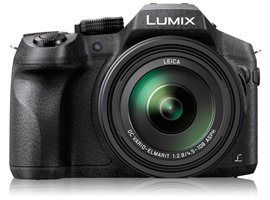



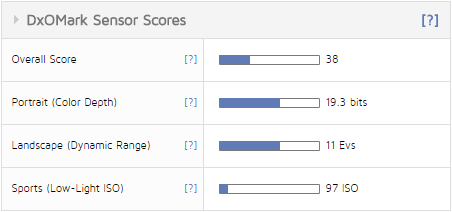
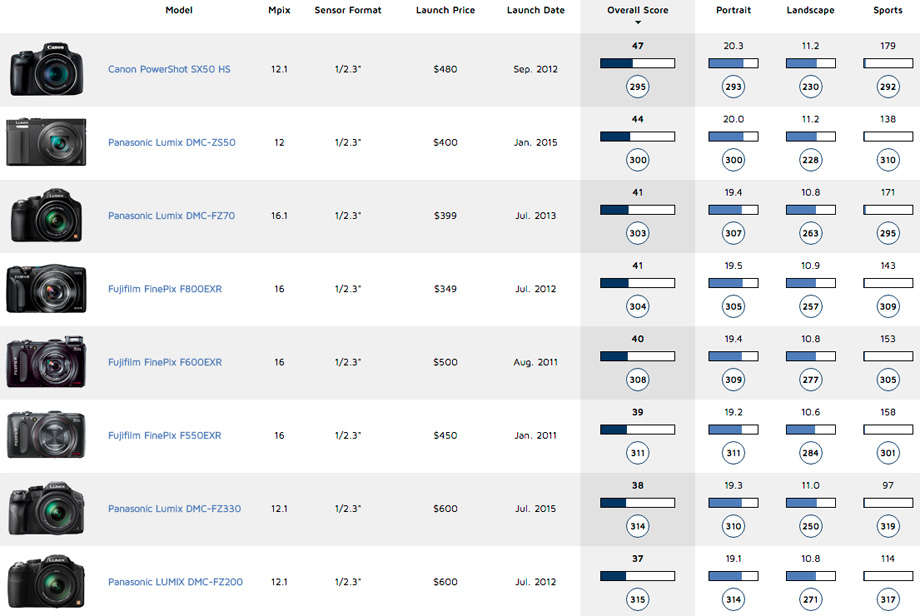
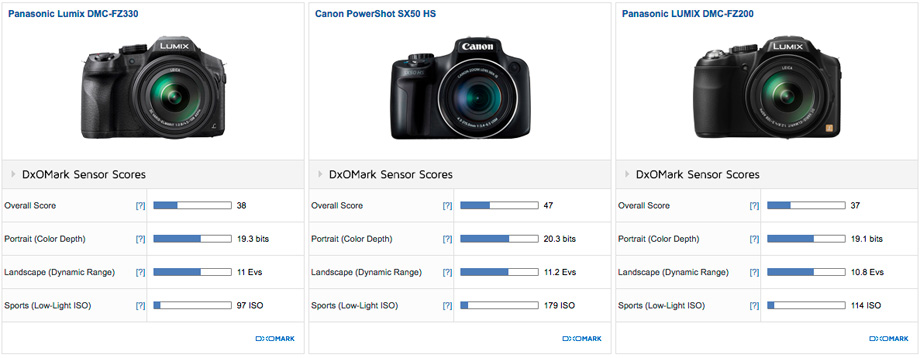
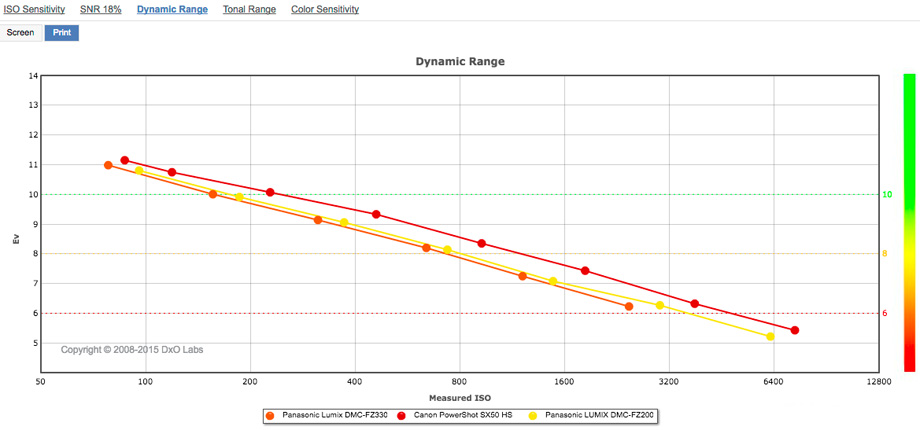
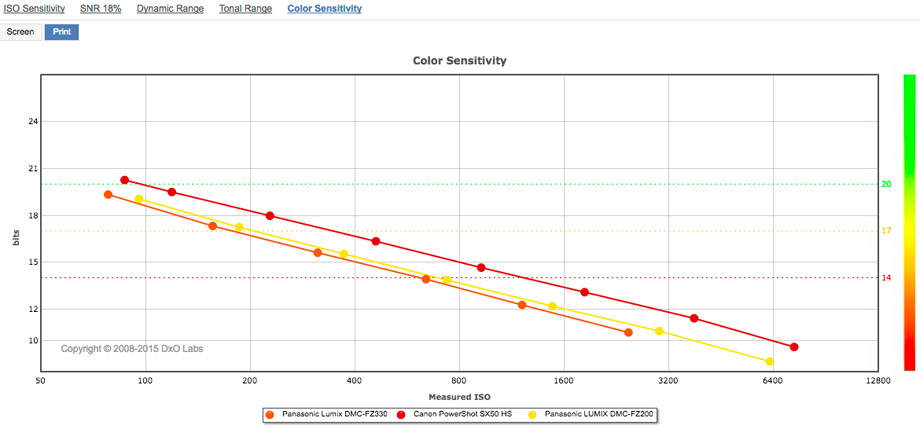
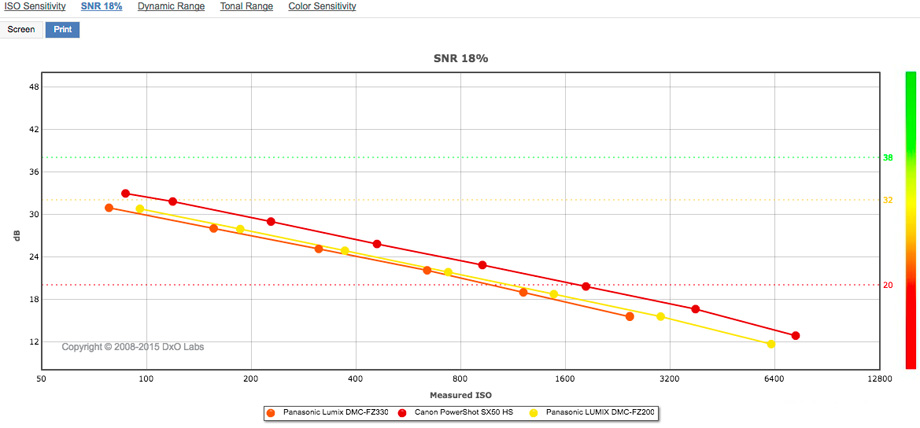
DXOMARK encourages its readers to share comments on the articles. To read or post comments, Disqus cookies are required. Change your Cookies Preferences and read more about our Comment Policy.